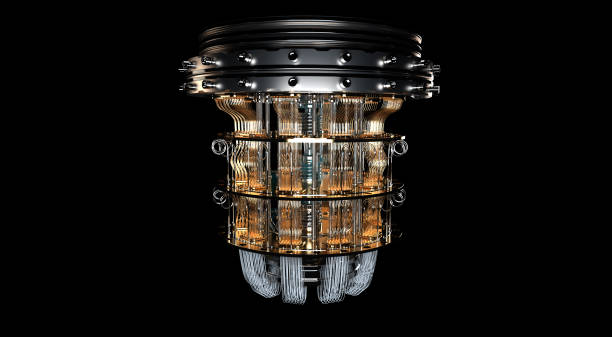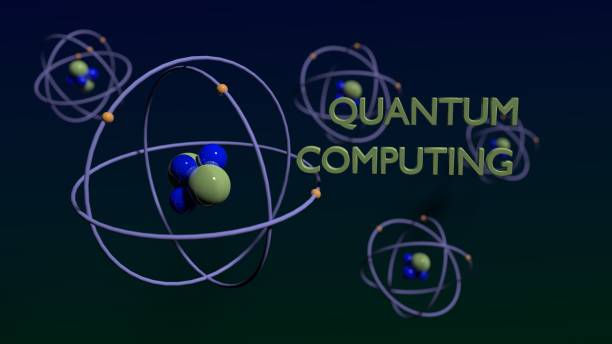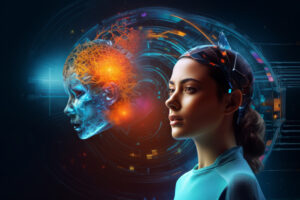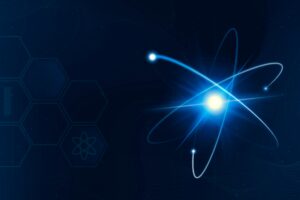Introduction to Quantum Computing
Picture this: I have two mates one is an absolute genius; he can effortlessly handle numerous tasks, much like a quantum computer or quantum computing. On the other hand, my other friend takes it easy with little tasks, isn’t great at multitasking, and works at a slower rate, similarly to a traditional computer. Now let’s look into the interesting world of quantum computing.
So, the super-intelligent friend (let’s name him Q-Brain) can process information in less than a blink of an eye. He’s like a multitasking superhero, effortlessly solving complex problems.
On the other side, the laid-back friend (let’s call him Trad-Comp) is dependable for simple jobs but may suffer when things get too serious. He’s like the reliable, old-fashioned computer that gets the job done.Just not as fast.
It’s interesting to see how these two friends behave differently, showing the differences between quantum and traditional computers. Now, let’s look into the mysteries of quantum computing and why it’s really a game changer!
1. what is Traditional computers?
We currently use computers that operate based on the binary condition of ‘0‘ and ‘1‘, where ‘0‘ represents OFF and ‘1‘ represents ON.
These computers handle relatively simple problems and are not designed for more complex tasks.

2. what is Quantum computing?
In everyday conversations, responses often fall into the binary choices of ‘yes‘ or ‘no.‘
However, in the realm of quantum physics, these options expand to include ‘yes,’ ‘no‘, and intriguingly, ‘yes and no.‘
In binary, this translates to ‘0‘, ‘1‘, and ‘0 and 1‘. This principle serves as the foundation for quantum computers, representing the next generation of computing technology that promises to make significant impacts on human lives.

3. how quantum computers works
As mentioned earlier, traditional computers operate on the binary system, utilizing ‘0s’ and ‘1s’.
In contrast, quantum computers employ qubits, which not only include 0s and 1s but also introduce the unique state of 0 and 1 simultaneously.
This distinctive characteristic enhances the computational capabilities of quantum computers, paving the way for unprecedented advancements in processing power and problem-solving capabilities. For more..
4. Difference between quantum computing and traditional computers
1. Bit vs. Qubit:
In traditional computers, bits serve as the fundamental unit of information, representing either a 0 or a 1.
Quantum computers utilize qubits, capable of existing in multiple states simultaneously (0, 1, or both) owing to the principles of superposition.
2. Processing Power:
Traditional computers sequentially process information, executing one instruction at a time.
Quantum computers harness quantum parallelism to simultaneously explore multiple possibilities, potentially providing exponential speedup for specific types of calculations.
3. Entanglement:
Traditional computers lack entanglement, a quantum phenomenon where qubits become interconnected, and the state of one qubit instantaneously influences the state of another, regardless of distance.
Quantum computers exploit entanglement to establish highly correlated qubit pairs, thereby enhancing computational capabilities.
4. Measurement:
Traditional computers measure the state of a bit, yielding a deterministic result and revealing a definite 0 or 1.
In quantum computers, measurement collapses the superposition, revealing a definite state (0 or 1) with probabilities determined by quantum probabilities.
5. Error Correction:
Traditional computers employ classical error correction techniques to detect and correct errors in data.
Quantum computers depend on quantum error correction algorithms due to the sensitivity of quantum states to external influences, making them susceptible to errors. Quantum error correction involves using additional qubits to safeguard against errors and maintain the integrity of computations.
6. Algorithmic Approach:
Traditional computers follow classical algorithms designed for sequential execution, with solutions based on deterministic logic.
Quantum computers embrace quantum algorithms designed to exploit superposition and entanglement, offering potential efficiency gains for specific computational problems, such as factoring large numbers with Shor’s algorithm.
7. Storage Capacity:
Traditional computers store information in classical bits, where each bit represents a binary state (0 or 1).
Quantum computers explore quantum states for data storage, allowing for quantum superposition to represent multiple states simultaneously, potentially leading to a significant increase in storage capacity for certain applications.
5. advantages of quantum computers
1. Parallel Processing: Quantum computers perform multiple calculations simultaneously, exploiting superposition for rapid processing.
2. Exponential Speedup: Shor’s and Grover’s algorithms enable exponentially faster problem-solving, surpassing classical methods.
3. Enhanced Optimization: Quantum computers excel in optimizing tasks crucial for finance and logistics.
4. Increased Security: Quantum key distribution ensures secure communication by alerting users to eavesdropping attempts.
5. Simulating Quantum Systems: Quantum computers accurately simulate quantum phenomena, aiding research in various scientific fields.
6. Machine Learning Acceleration: Quantum computers expedite machine learning, enhancing training and optimization efficiency.
7. Energy Efficiency: Quantum computers offer improved energy efficiency, leveraging quantum states for specific calculations.
Summation
In conclusion, quantum computing marks a transformative leap in information processing, surpassing traditional computers.
Unlike binary-based systems, quantum computers use qubits in superposition, enabling simultaneous exploration of multiple solutions and exponential speedup.
Entanglement amplifies their computational abilities, creating interconnected qubit pairs for novel problem-solving approaches.
Beyond fundamental differences, quantum computers exhibit superior processing power, quantum error correction, and innovative algorithms.
Advantages span parallel processing, exponential speedup, enhanced optimization, secure communication through quantum key distribution, simulation of quantum phenomena, machine learning acceleration, and increased energy efficiency.
Quantum computing promises revolutionary advancements, redefining how we tackle complex challenges in science and technology. The quantum era beckons with boundless potential for innovation and discovery.
Previous blog entries
1. How AI and IoT Impact Daily Life
3. Advantages and disadvantages of humanoid robots
4. Why are robots better at doing repetitive tasks than humans?
5. How Artificial Intelligence is Transforming Healthcare
6. What is the difference between GenAI and AGI?
7. Where are articulated robots used the most?
9. what is Artificial Intelligence and Data Science
FAQs






1 thought on “Quantum Computing: Revolution Beyond Traditional Computers”